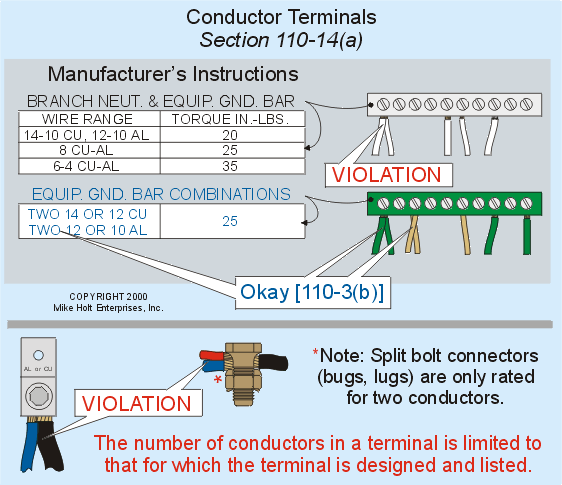We are having an interesting discussion at work about the design of electrical controls panels. Someone made the comment that UL 508A does not mention anything about using a 10 ft tap rule, yet for years everyone that I have worked with has used the tap rule from the NEC when designing power distribution within a panel. I also know that all of the panels have been inspected to UL 508A. Does anyone have any insight to this?
Another part of the discussion has to do with the differences in wire sizes. This person states that the NEC doesn't apply to internal panel wiring for UL listed panels, that UL 508A is to be used. He points to the wire size tables being different. Is that correct?
As an engineer that designs electrical control panels, which should I use, the NEC or UL 508A? Also, as this is for industrial machinery, should I use NFPA 79? What order should these be used, i.e. which has priority?
Thanks in advance for the help!!!!!
Another part of the discussion has to do with the differences in wire sizes. This person states that the NEC doesn't apply to internal panel wiring for UL listed panels, that UL 508A is to be used. He points to the wire size tables being different. Is that correct?
As an engineer that designs electrical control panels, which should I use, the NEC or UL 508A? Also, as this is for industrial machinery, should I use NFPA 79? What order should these be used, i.e. which has priority?
Thanks in advance for the help!!!!!


